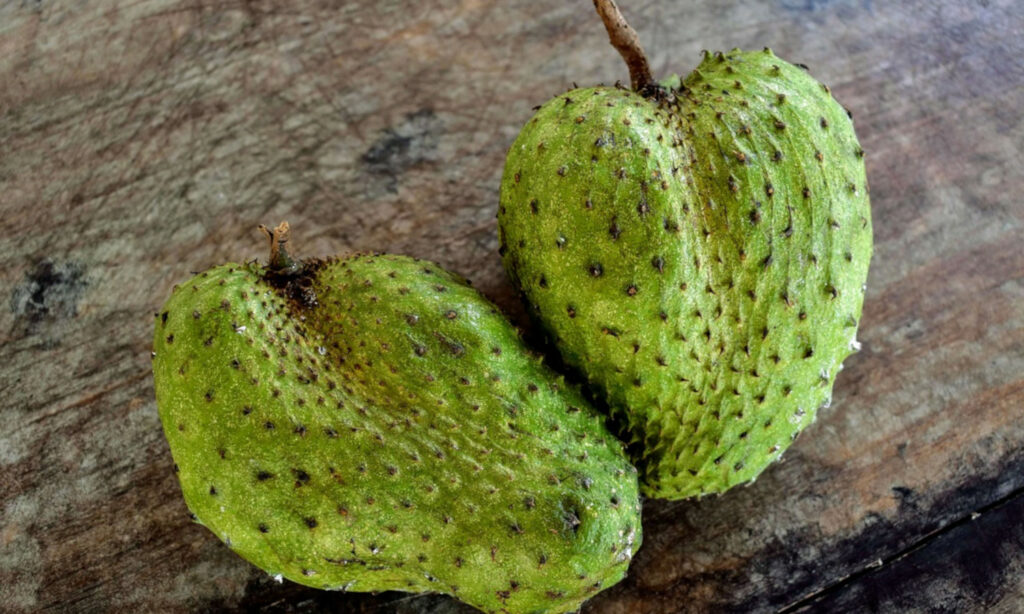Discover the incredible benefits of tamarind: a tropical fruit with multiple virtues! Dried tamarind: beware of its effects on teeth! Here’s how to enjoy it without risk.
Tamarind is a tropical fruit that comes from a tree of the same name, scientifically known as Tamarindus indica. This tree belongs to the Fabaceae family.
The fruit is dark brown unlike its cousin black velvet tamarind (also called black cat ).
Tamarind has a pulp that is both sour and slightly sweet and is widely used in many cuisines around the world.
It is often used to prepare juices, sauces, confections and sweet and sour dishes.
You can also find tamarind in dried form, which is often the one I use and the one I will talk about a lot in this post. Be careful, dried tamarind is very acidic.

Attention !!
All health content on tedidev.com is provided for general information purposes only, and should not be considered a substitute for medical advice from your own physician or other healthcare professional.
If you have any concerns about your general health, you should contact your local healthcare provider.
Composition of tamarind
Tamarind is a fruit very rich in carbohydrates, proteins and potassium. These components have a positive effect on our daily health.
100g of tamarind contains approximately
– 238 kcal/1011 KJ
– 62.5 g of carbohydrates
– 5.1 g of fiber
– 2.3 g of protein
– 0.6 g of lipids
– 628 mg of potassium
– 92 mg of magnesium
– 74 mg of calcium
– 3.5 mg of vitamin C
– 2.8 mg of iron
– 1.9 mg of niacin
– 14ug of folate
– 30 IU Vitamin A
The benefits of tamarind fruit
1. A rich source of antioxidants
Tamarind pulp is rich in phytonutrients that act as powerful dietary antioxidants, strengthening the body’s immune defenses and reducing inflammation due to oxidative stress.
2. May have anticancer properties
Studies show that tamarind seed extract has anticancer properties due to its antioxidant effects and action on cancer-related signaling pathways.
3. May improve heart health and cholesterol
Tamarind rich in polyphenols and flavonoids helps lower LDL cholesterol and increase HDL cholesterol, thereby reducing the risk of atherosclerosis and heart problems.
4. Protects the liver by stimulating the hepatic system
Tamarind extract contains antioxidants that protect the liver from free radical damage, and its regular consumption helps cleanse essential organs like the liver and kidneys.
5. Provides natural antimicrobial benefits and anti-inflammatory properties – Antiseptic properties
Tamarind has natural compounds with antimicrobial, anti-inflammatory and antiseptic properties that help treat conditions like gout, eye irritations and skin infections.
6. May provide antidiabetic effects
Tamarind seed extract has anti-inflammatory effects that may be beneficial for blood sugar regulation in people with type 2 diabetes.
7. Prevention of atherosclerosis
Tamarind, rich in antioxidants, fiber and potassium, helps prevent atherosclerosis by reducing cholesterol levels and diastolic blood pressure.
8. Tamarind is rich in magnesium
Tamarind is a good source of magnesium, which is essential for various functions such as bone formation, heart rhythm and blood sugar control.
9. Promotes weight loss
Hydroxycitric acid (HCA) in tamarind may aid weight loss by reducing appetite and increasing serotonin levels.
10. Good for nerve function
Tamarind, rich in B vitamins and xyloglucan, helps improve nerve function and muscle development.
11. Maintain healthy blood pressure
Tamarind is high in potassium and low in sodium, which helps maintain healthy blood pressure.
12. Promotes the excretion of fluoride
Tamarind can help remove fluoride from the body, reducing the risks associated with excess fluoride.
13. Purifies the blood
Tamarind contains many essential nutrients that help eliminate free radicals and purify the blood.
14. Good for the skin
Tamarind, thanks to its alpha hydroxy acids (AHAs) and antioxidants, is beneficial for the skin by acting as an exfoliant and preventing premature aging.
15. Facilitates teething in infants
Tamarind can help relieve teething pain in infants and is recommended for adults with oral problems.
16. Treats sore throats and respiratory problems
Tamarind acts as an expectorant to facilitate breathing and treat bronchitis.
17. Relieves nausea in pregnant women
Tamarind can relieve morning sickness in pregnant women by acting as a powerful anti-emetic.
18/ Tamarind for healthy eyes
Tamarind, rich in vitamin A, protects the eyes by preserving the cornea and reducing the risk of macular degeneration.
It can treat conjunctivitis and relieve discomfort from light. However, there is no direct evidence that it improves poor vision.
Tamarind contains a substance similar to mucin, which is beneficial for dry eyes and is used in eye drops.
19/ A natural laxative and relief from digestive disorders
Tamarind juice relieves constipation thanks to its fibers (6.1 g/120 g of pulp) which promote intestinal transit and accelerate digestion .
Studies show that it may protect against colon cancer. Tamarind, rich in tartaric acid and potassium, acts as a mild laxative, helping people with digestive disorders, especially chronic constipation.
Drinking tamarind tea after meals, especially after lunch, promotes a healthy digestive system.
The antiseptic properties of tamarind are also beneficial for people with ulcers.
By using tamarind properly, it is possible to enjoy its many health benefits. However, it is essential to consult a healthcare professional before making any major changes to your diet.
The dangers of tamarind
Tamarind’s Adverse Effects on Blood Clotting
One of the major problems associated with tamarind consumption is its interaction with blood clotting as an anticoagulant.
Therefore, people who are already taking aspirin or other blood-thinning medications are strongly advised not to consume tamarind as a supplement.
Allergic reactions to tamarind
It is important to note that tamarind can also trigger allergic reactions in some sensitive individuals.
These allergic reactions can vary in intensity and may include rashes, itching, swelling or difficulty breathing.
If you experience allergy symptoms after consuming tamarind, it is essential to consult a healthcare professional immediately.
Beware of hypoglycemia in diabetics
For diabetic people who regularly use tamarind juice, it is crucial to closely monitor their blood sugar levels.
Tamarind has the particularity of causing hypoglycemia, that is to say a dangerous drop in blood sugar levels.
To avoid any risk, it is recommended to consult a doctor or nutritionist before incorporating tamarind into your diet, especially if you are diabetic.
Caution in case of gallstones
If you suffer from gallstones, it is best to limit your tamarind intake.
In fact, tamarind can aggravate the condition of gallstones and lead to painful symptoms.
In such cases, it is wise to look for safe alternatives and seek advice from a healthcare professional to adjust your diet.
Adverse effects on the gastrointestinal system
Due to its acidic nature, tamarind can cause a significant increase in stomach acid levels, which can lead to gastroesophageal reflux disease (GERD) or heartburn.
People prone to these gastrointestinal problems should be especially vigilant when consuming tamarind and carefully monitor the reactions of their digestive system.
The Dangers of Dried Tamarind for Your Teeth
Dried tamarind is a very concentrated version of tamarind that is like lemon (only worse) with a sweet undertone.
I personally consumed it raw on a regular basis, sucking the pulp. Needless to say, this practice caused me severe pain in my teeth.
The best way to consume it at will is to dilute the dried tamarind in water.
This method allowed me to gradually heal from this pain (because I didn’t want to stop).
It is important to note that dried tamarind is extremely acidic and can harm your teeth if you consume it in excess.
Tamarind, a fruit with natural laxative properties
Tamarind is a fruit that can act as a natural laxative. This can be both beneficial and problematic.
In fact, if you have a busy schedule or an important day ahead, consuming tamarind might not be the best idea. It is better to avoid its use at such times.
Tamarind may not be the juice to offer your guests!
Because of its laxative properties, tamarind is not really the kind of juice that is recommended for a meal or party.
Imagine the inconvenient consequences for everyone! Instead, opt for drinks that are less likely to cause digestive discomfort.
Tamarind is a delicious and flavorful fruit, but it requires responsible consumption.
Avoid consuming the raw dried version of tamarind excessively to protect your teeth, and be careful of its laxative effect depending on your daily commitments.
By taking a balanced approach, you can fully enjoy the benefits of this fruit while avoiding the problems it could cause.
If you liked this post, do not hesitate to subscribe to our Newsletter to receive more exclusive content and above all take advantage of good deals.
Let’s stay in touch!











